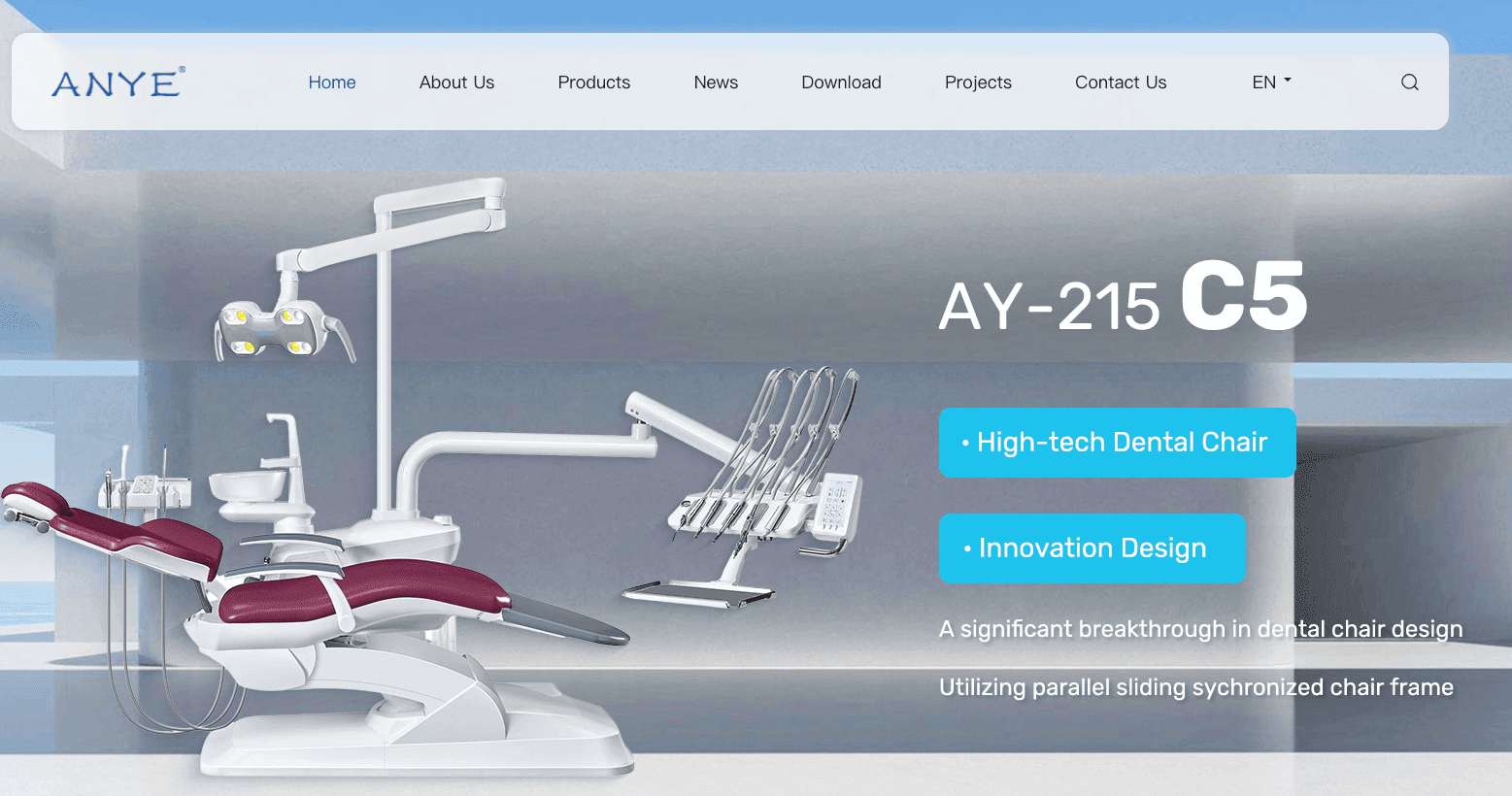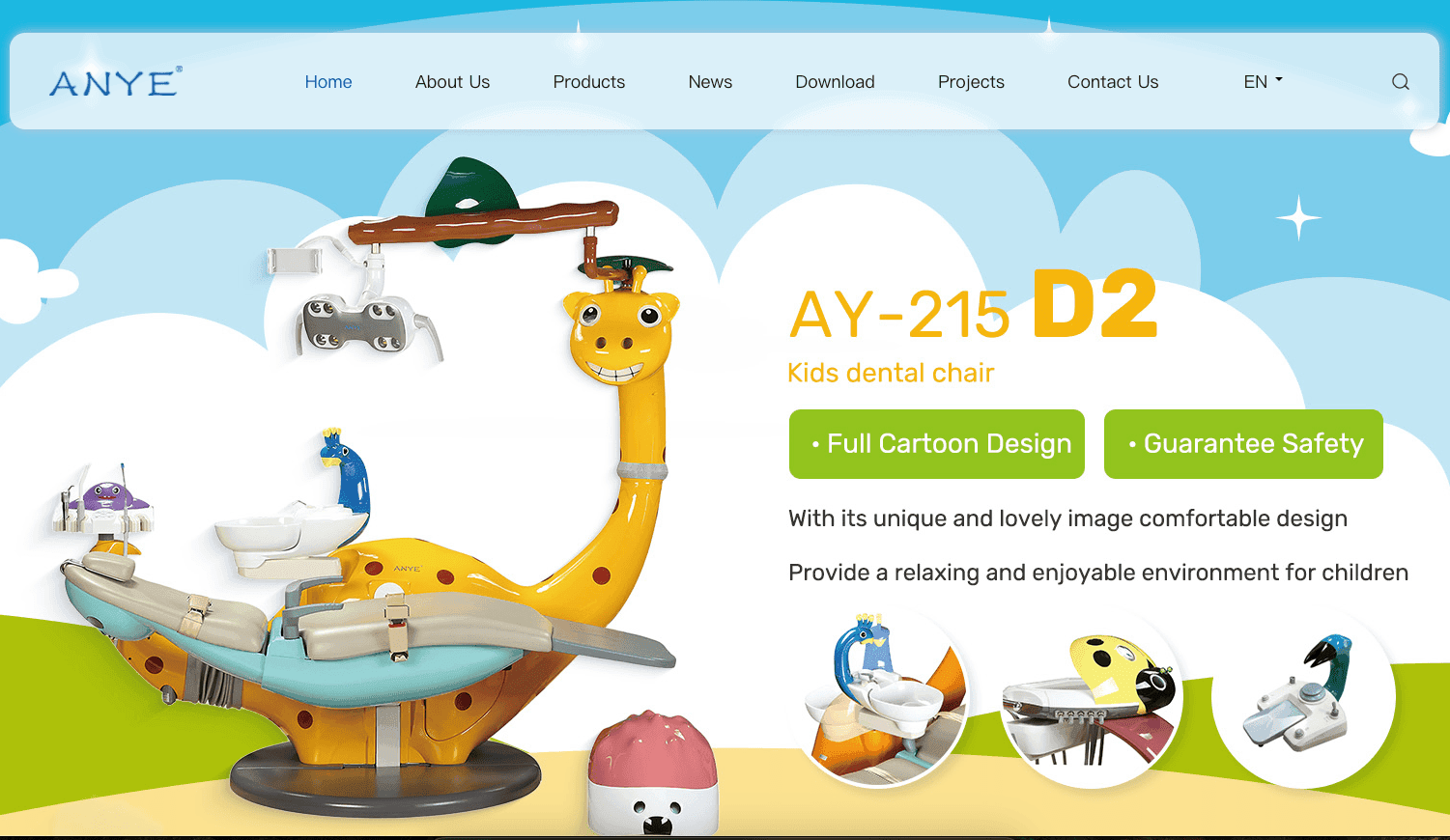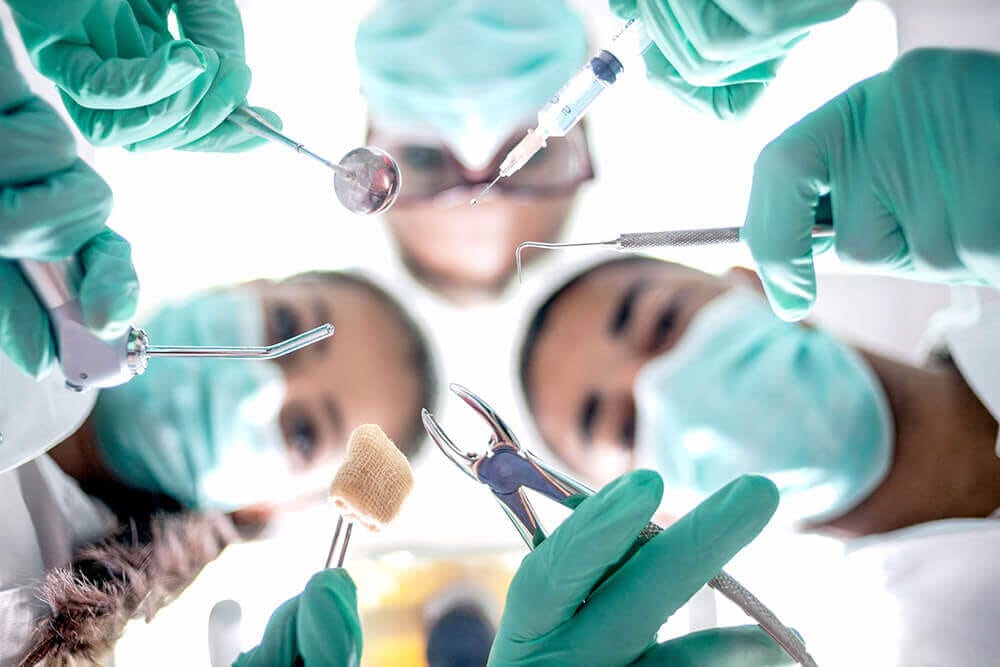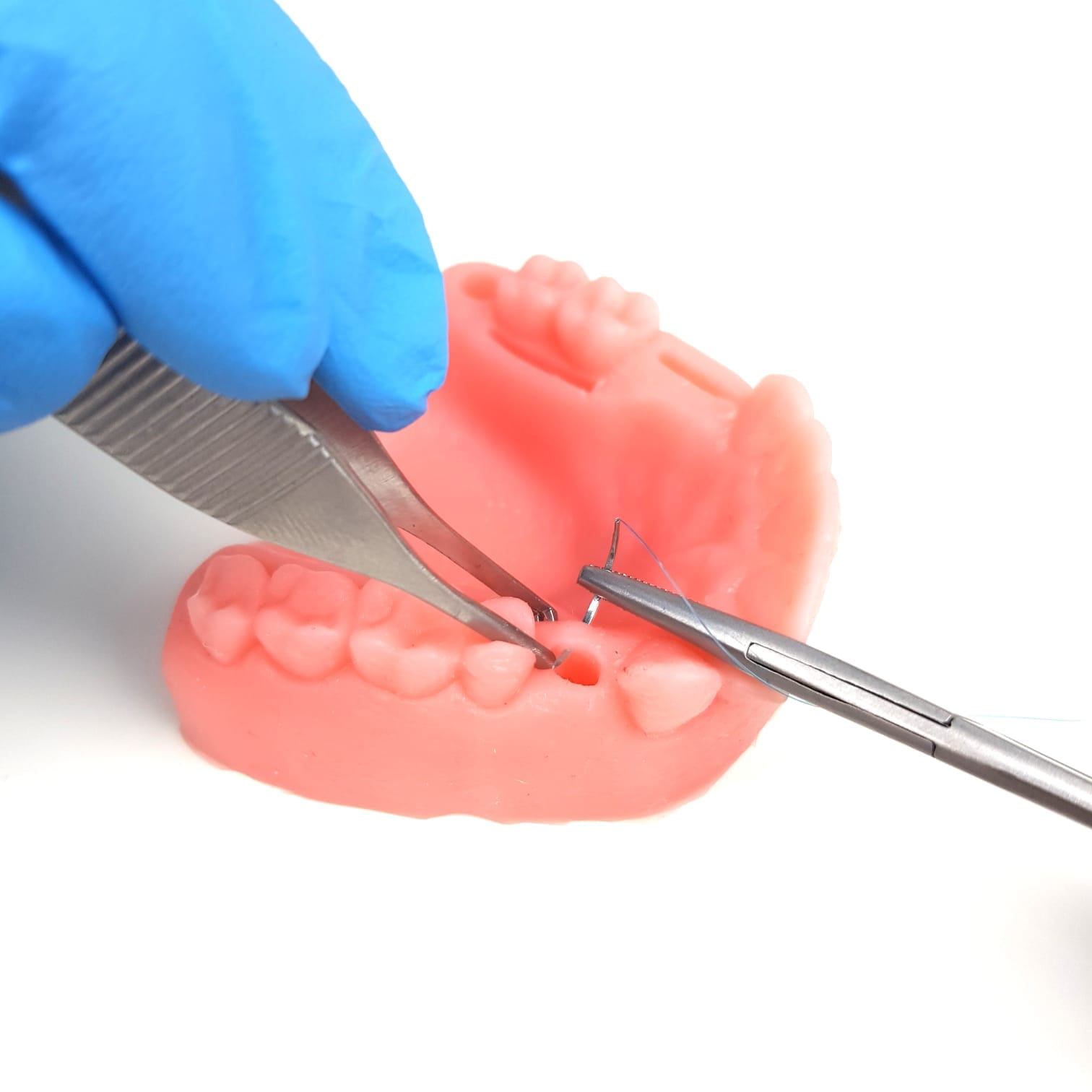Regular dental cleanings are essential for maintaining optimal oral health, yet many individuals find themselves questioning the costs associated with these vital services. This guide will delve into the average costs of dental cleanings, the factors that influence pricing, and practical strategies to save money while ensuring your smile stays healthy.
The Importance of Dental Cleanings
Investing in regular dental cleanings is not just about maintaining a bright smile; it’s a crucial step in preventing serious dental issues. Here’s why:
- Prevention of Dental Issues: Regular cleanings help prevent cavities, gum disease, and other oral health problems that can lead to costly treatments.
- Early Detection: Dentists can spot potential issues during cleanings before they escalate into serious concerns.
- Overall Health: Good oral hygiene is linked to better overall health, potentially reducing long-term medical costs.
- Cost-Effective: Regular cleanings can save you money by avoiding more extensive dental procedures in the future.
Average Costs of Dental Cleanings
The cost of dental cleanings varies widely based on several factors. On average, a standard cleaning without insurance ranges from $75 to $200 in the United States. However, this is just a baseline; actual costs may differ based on individual circumstances.
Factors Influencing Dental Cleaning Costs
- Geographic Location: Urban areas often have higher dental care costs compared to rural regions.
- Type of Cleaning Required:
- Regular Prophylaxis (Standard Cleaning): $75-$200
- Deep Cleaning (Scaling and Root Planing): $150-$350 per quadrant
- Periodontal Maintenance: $115-$200
- Dentist’s Experience and Reputation: More experienced dentists may charge higher fees.
- Additional Services: X-rays and fluoride treatments can increase overall costs.
- Insurance Coverage: Having dental insurance can significantly reduce out-of-pocket expenses.
- Dental Office Overhead: The operational costs of running a dental practice can influence pricing.
Global Perspective on Dental Cleaning Costs
Here’s a quick look at average dental cleaning costs in various countries:
- United States: $75-$200
- Canada: CAD 150-250 ($110-$185 USD)
- United Kingdom: £50-£85 ($65-$110 USD)
- Australia: AUD 150-300 ($100-$200 USD)
- South Africa: R500-R1000 ($30-$60 USD)
- Philippines: PHP 700-1,500 ($14-$30 USD)
These figures represent average ranges; actual costs may vary based on local factors.
Strategies to Save on Dental Cleaning Costs
If you’re concerned about the expense of dental cleanings, consider these effective strategies:
- Dental Insurance: Many plans cover preventive care at 100%, meaning you might pay nothing for biannual cleanings.
- Dental Discount Plans: These membership programs offer discounted rates on services, typically saving you 10-60%.
- Dental Schools: Services performed by supervised students at dental schools are often available at reduced rates.
- Community Health Centers: Federally funded centers may offer services on a sliding fee scale based on income.
- Negotiate with Your Dentist: Some dentists may provide discounts for cash payments or establish payment plans.
- Preventive Care at Home: Maintaining excellent oral hygiene can help minimize the need for extensive treatments.
Understanding Different Types of Dental Cleanings
To better grasp the costs associated with dental cleanings, it’s essential to know the types available:
- Regular Prophylaxis (Standard Cleaning):
- Recommended twice a year for those with good oral health.
- Average Cost: $75-$200 without insurance.
- Deep Cleaning (Scaling and Root Planing):
- Necessary for patients with gum disease.
- Average Cost: $150-$350 per quadrant.
- Periodontal Maintenance:
- For patients who have undergone gum disease treatment.
- Average Cost: $115-$200 per visit.
Additional Costs to Consider
When budgeting for a dental cleaning, be aware of potential extra costs:
- Dental X-rays: $20-$250
- Fluoride Treatment: $20-$50
- Dental Sealants: $30-$60 per tooth
- Dental Exam: $50-$200
The Role of Dental Insurance in Cleaning Costs
Dental insurance plays a significant role in managing cleaning expenses:
- Most plans cover preventive care, including cleanings, at 100%.
- Some plans have waiting periods or annual maximums but often do not count preventive care against these limits.
The Cost of Neglecting Dental Cleanings
While regular cleanings may seem costly, neglecting them can lead to much higher expenses down the line:
- Cavities can lead to fillings costing between $100 and $300 or more extensive treatments like crowns ($500-$2,500) or root canals ($700-$1,800).
- Treatment for gum disease may range from $500 to $10,000 depending on severity.
Tips for Maintaining Oral Health Between Cleanings
To maximize the benefits of your dental visits and reduce future treatment needs:
- Brush twice daily with fluoride toothpaste.
- Floss daily to remove plaque between teeth.
- Use an antimicrobial mouthwash to combat plaque and gingivitis.
- Maintain a balanced diet and limit sugary foods.
- Avoid tobacco products which can lead to numerous oral health issues.
Choosing the Right Dentist for Your Cleanings
When selecting a dentist, consider factors beyond cost:
- Look for qualifications and experience.
- Evaluate technology and techniques used in their practice.
- Read patient reviews to gauge quality of care.
- Ensure clear communication regarding procedures and concerns.
Conclusion
Regular dental cleanings are an invaluable investment in your oral and overall health. While costs vary based on numerous factors such as location and type of cleaning, understanding these elements can help you make informed decisions about your dental care. By exploring options like insurance plans, discount programs, and community resources, you can find ways to make this essential preventive care more affordable. Remember, investing in regular cleanings is typically far less expensive than treating advanced dental problems later on. Prioritize your oral health today for a healthier tomorrow!














